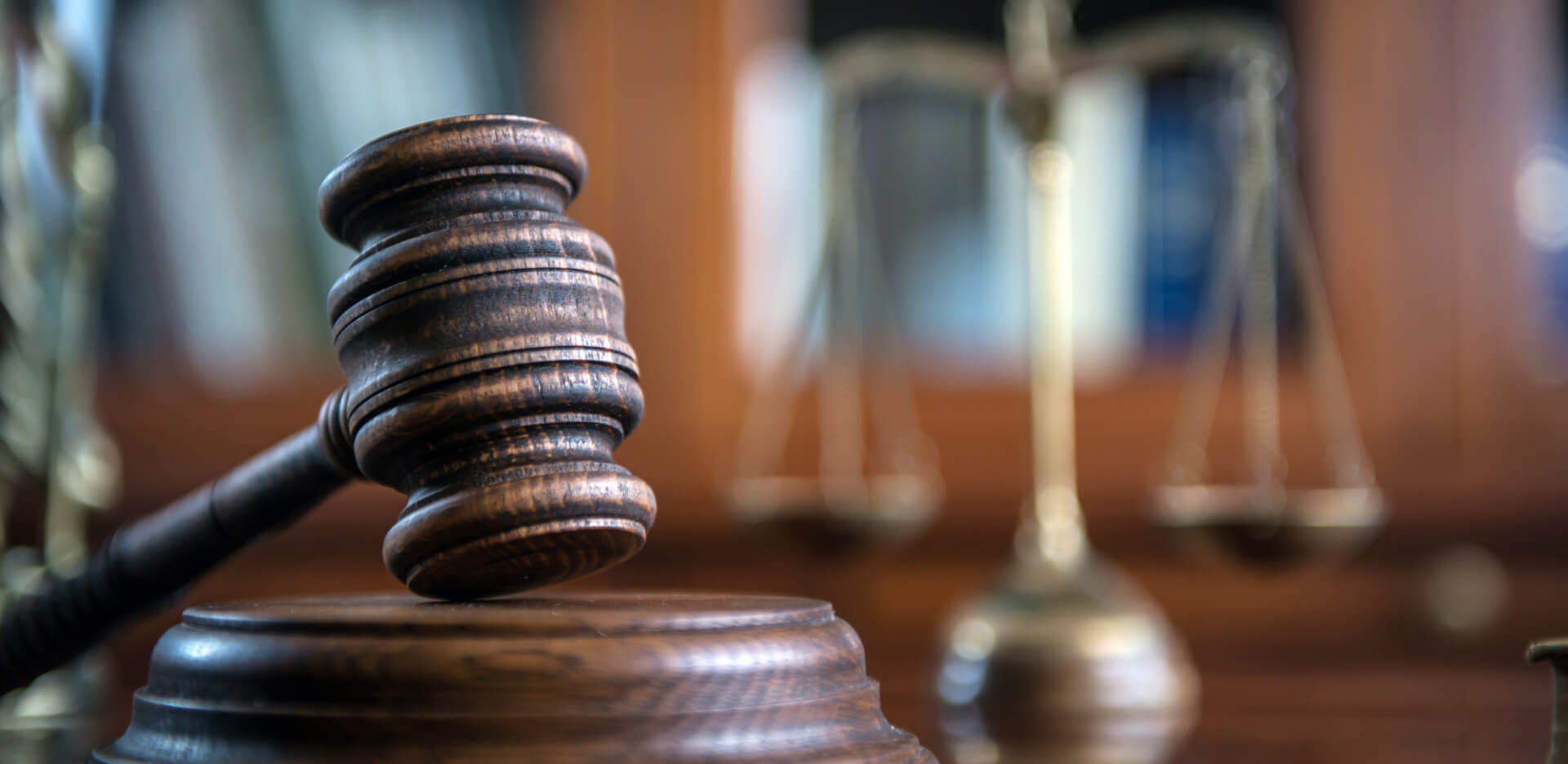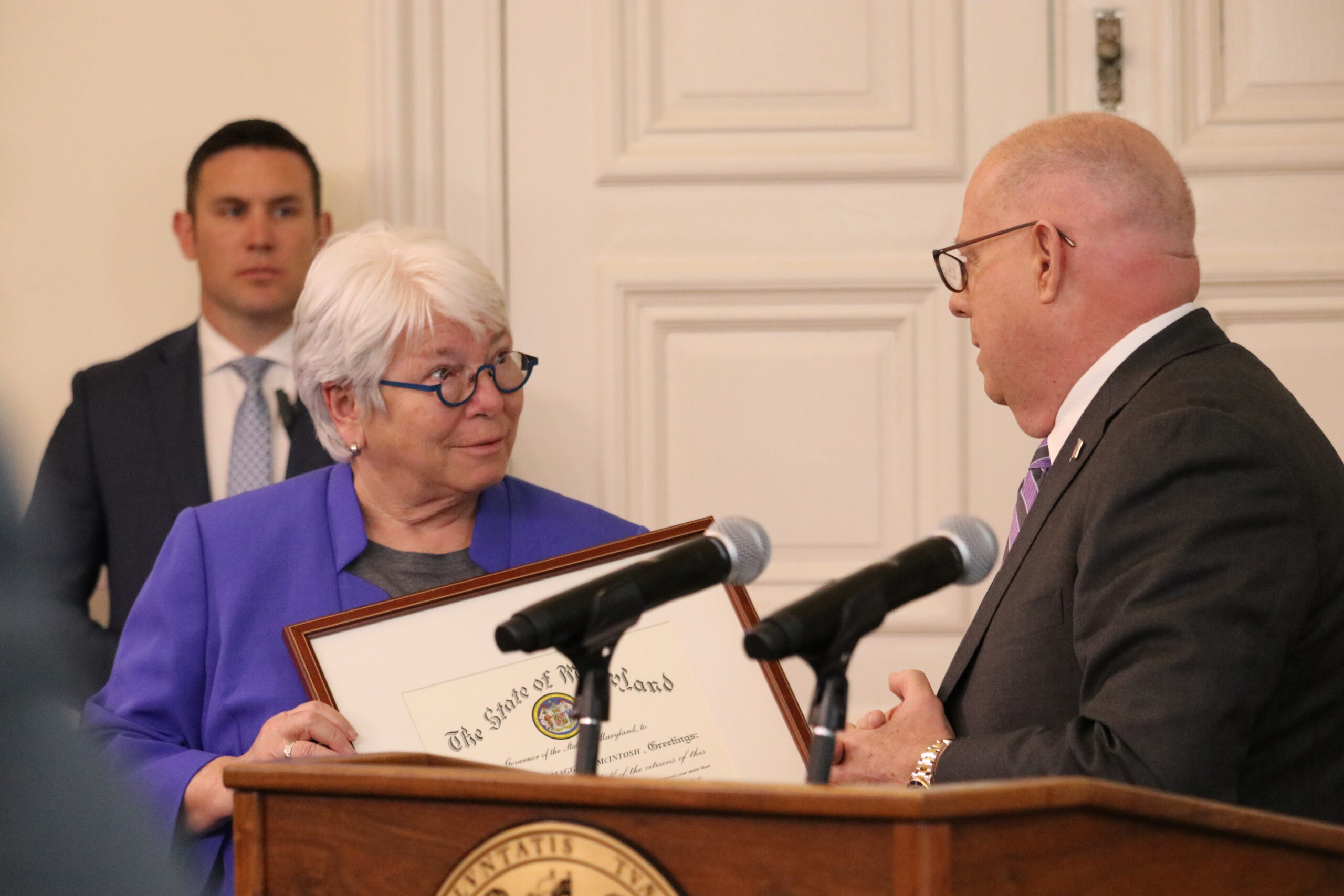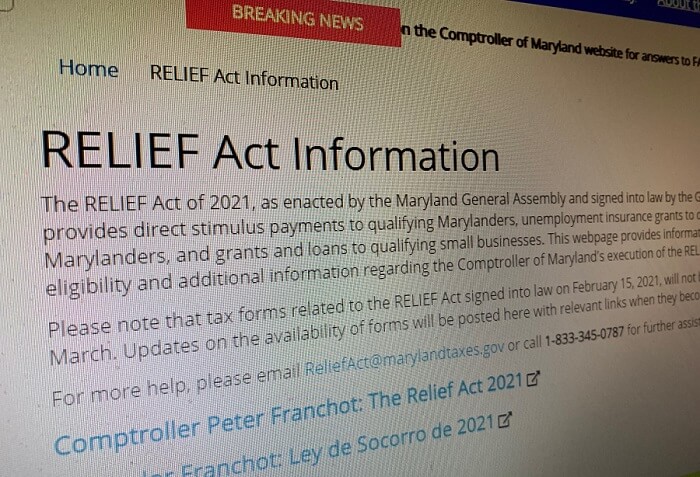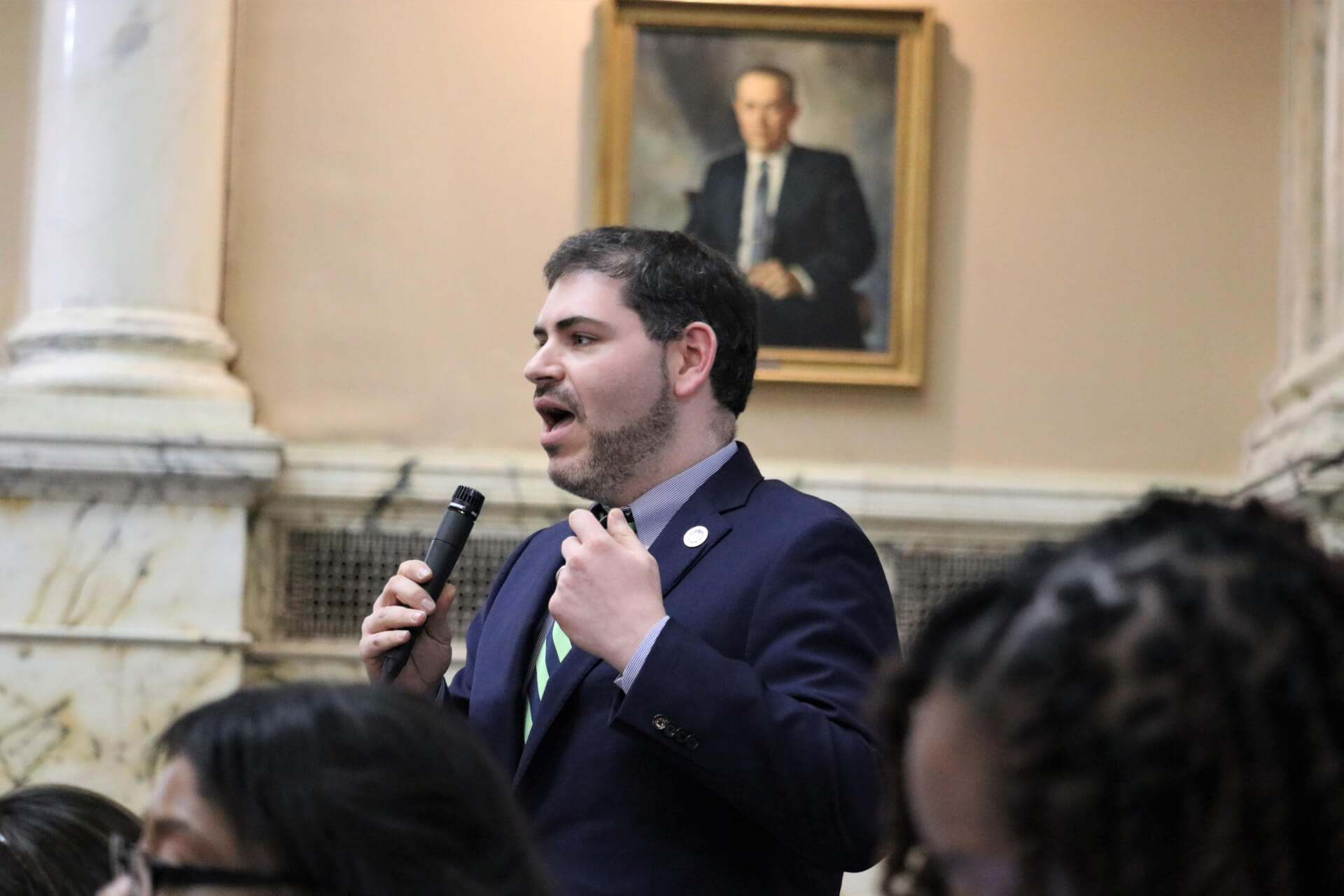Fines and Fees Make Reentry for Ex-Offenders Especially Difficult During COVID-19

District and circuit court fees: $0.25 to $300
Public defender applications: $25 to $50
Pre-trial electronic monitoring: $10 to $17 per day
Public defender reimbursement: $1,000 or more
Healthcare and medication fees while incarcerated: $2 to $4
Room and board for work release: $135 per week on average
Parole and probation fees: $50 per month
Baltimore County home detention fees: $34 initial payment; $75 per week
Drug testing: $100 initial fee; $6 for each random test
Expungement applications: $30 filing fee
Access to your own criminal records: $20 to be fingerprinted; $18 to request
Between court-mandated fines, fees, child support arrears and restitution, those who tangle with Maryland’s justice system incur a wallet-draining list of expenses, often leaving them in debt and prone to cyclical incarceration.
“Historically, the reason why fines and fees tend to fall on individuals and not necessarily on the state was for political reasons,” said Christopher Dews, who laid out all of these expenses for the state’s Financial Education and Capability Commission Wednesday.
According to Dews, a policy advocate for the Job Opportunities Task Force, “it’s very easy” for lawmakers to lower state taxes by pushing funding for the criminal justice system “onto the individuals within the criminal justice system.”
“This leads to a very brutal and nasty combination where now the people who are funding the majority of the criminal justice system … are poor people who just don’t have the money and did not choose to interact with the criminal justice system,” he said.
Dews told the committee that criminal justice debt is not synonymous with “regular debt” — meaning that people struggling to pay their dues aren’t safeguarded by debt protection laws, so they are subject to wage and tax garnishments and face violating their parole, which often leaves them in desperate positions.
“This becomes a massive barrier to employment,” he said, “specifically because these criminal justice debts can be easily transitioned into civil debt, and these debts can and will show up on somebody’s credit history, which of course … can affect access to housing, access to job opportunities, access to vehicle acquisitions and public assistance.”
This debt also impedes government aid that non-incarcerated individuals have received during the COVID-19 outbreak.
The $1,200 stimulus checks provided under the federal CARES Act enacted in late March were not available for incarcerated individuals regardless of whether or not they filed tax returns in 2018 or 2019.
Francesca Jean-Baptiste, director of tax partnerships at the CASH Campaign of Maryland, said that this policy was implemented in early May — nearly a month after the bill was passed — following a report completed by the Treasury Department Inspector General for the Tax Administration showing that over 81 million of these payments were made to people who were either deceased or behind bars.
Jean-Baptiste explained that, following the release of this report, the government acted to exclude incarcerated people from receiving these checks, “including working with correctional institutions to intercept and return payments that were issued in April and May,” she said.
Jean-Baptiste said that advocates find this exclusion unlawful because recovery payments doled out to low-income individuals by the federal government in 2009 specifically excluded incarcerated people and there’s no such language in the CARES Act — “so they know how to do this if this was their intention,” she asserted.
A class-action lawsuit was filed in August on behalf of current and formerly incarcerated individuals against Steven Mnuchin, the secretary of the Treasury, Charles Rettig, the commissioner of the IRS, their respective organizations and the United States to receive their payments.
Though the suit is ongoing, Jean-Baptiste said that a federal judge ordered the IRS and Treasury to stop withholding these payments.
While Dews recommended forgoing criminal justice-related fines and fees altogether, he also suggested waiving fees for individuals whose income is a certain percentage below the poverty line or translating fines and fees to community service and job training opportunities.
“COVID-19 is, of course, making all of these problems much worse,” he said. “But these issues existed prior to COVID and they have been barriers to employment — barriers to people getting ahead — and so whatever can be done to change it would be phenomenal.”
‘From prison to middle income’
The pandemic has also slowed vital reentry services for Marylanders behind bars.
Danielle Cox, the director of correctional education for the Maryland Department of Labor’s Division of Workforce Development and Adult Learning, said the department is trying to ease the burden of reentry by introducing incarcerated Marylanders to education and workforce programs that will allow them to successfully reintegrate themselves into the community once they’ve served their time.
Through Cox’s program, eligible inmates receive academic and special education courses, occupational certifications, skilled labor programs and access to transitional services that she said will “hopefully” help them achieve “successful employment and middle income” once they are out.
These programs were put on hold in March because of the pandemic but began to slowly come back in August.
Maryland has approximately 18,800 inmates across its 19 state-run correctional facilities. Their average reading level is between the fifth and eighth grades.
“Our goal in correctional ed is to move our students from prison to middle income by providing them with the opportunities to earn their high school diploma and additional training opportunities because we know without a high school diploma, being able to earn any sort of livable wage is almost impossible,” Cox said.
According to the Bureau of Labor Statistics, an individual without a high school diploma earns about $600 each week.
Cox’s department connects those preparing for reentry with American Job Centers to help them navigate housing, employment and health insurance.
According to Wagner-Peyser Employment Services data collected through American Job Centers in Maryland, during the second quarter of the 2020 fiscal year, 66.8% of ex-offenders participating in the program were employed. During 2020’s fourth quarter, following the pandemic’s strike, that number dropped to 63%.
The Wagner-Peyser Employment Services data places the median quarterly wage for ex-offenders at $4,844 — or $19,376 per year.
“Think about how much you make per quarter and per year and compare it to, now, our returning citizens,” Cox asked of the committee. “Can you live off that salary, especially in the midst of pandemic?”




 Creative Commons Attribution
Creative Commons Attribution